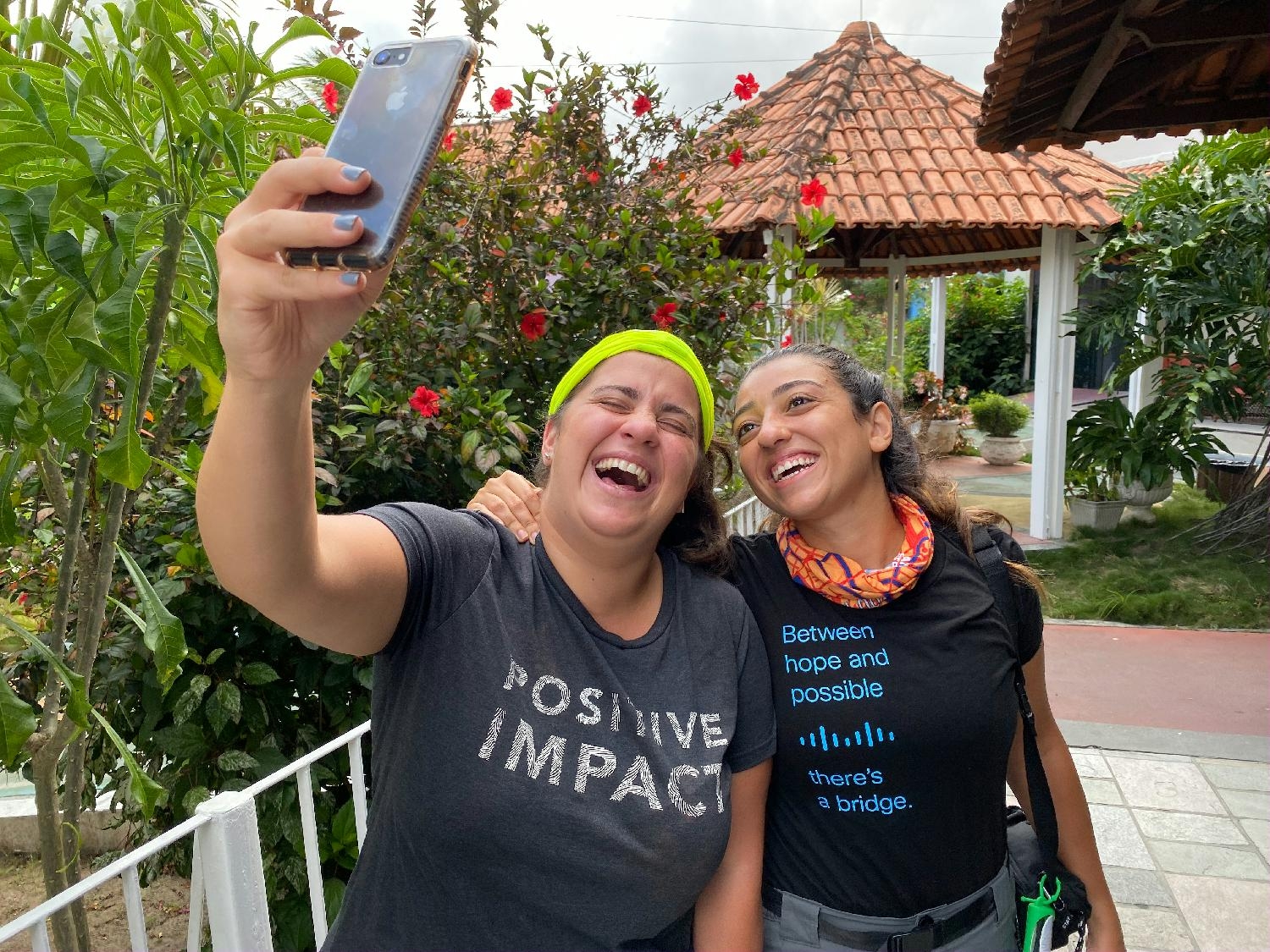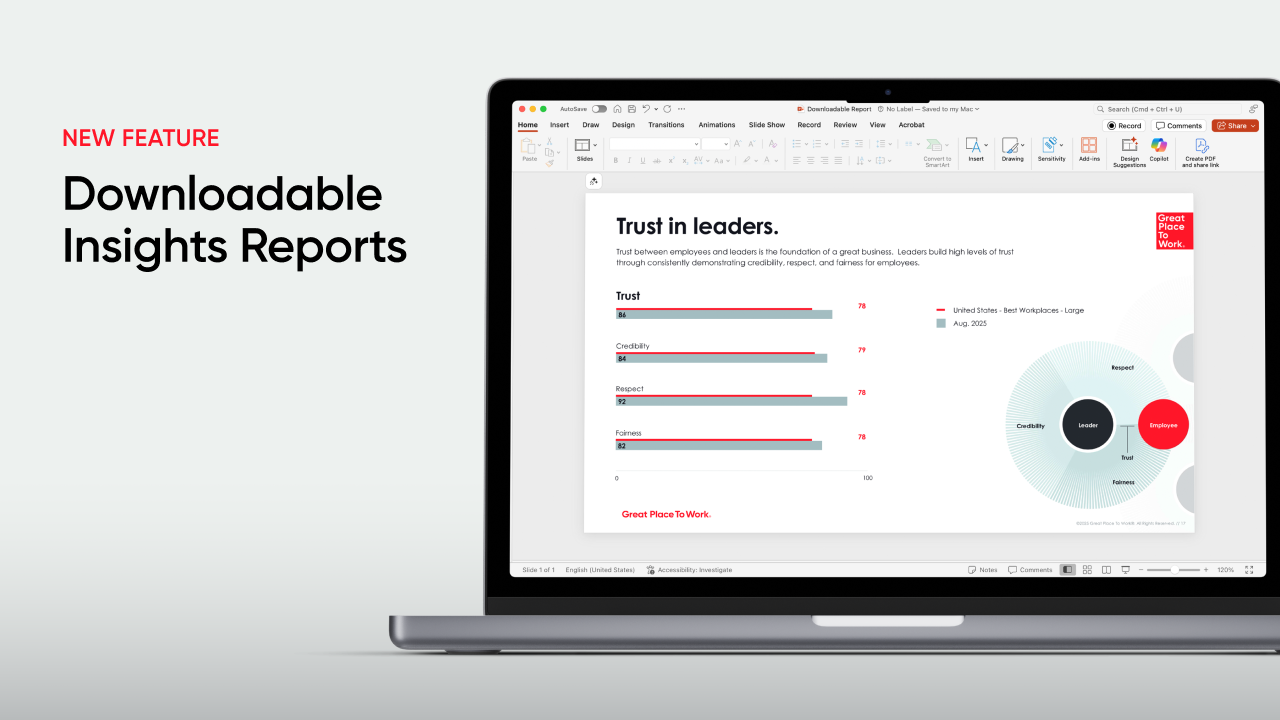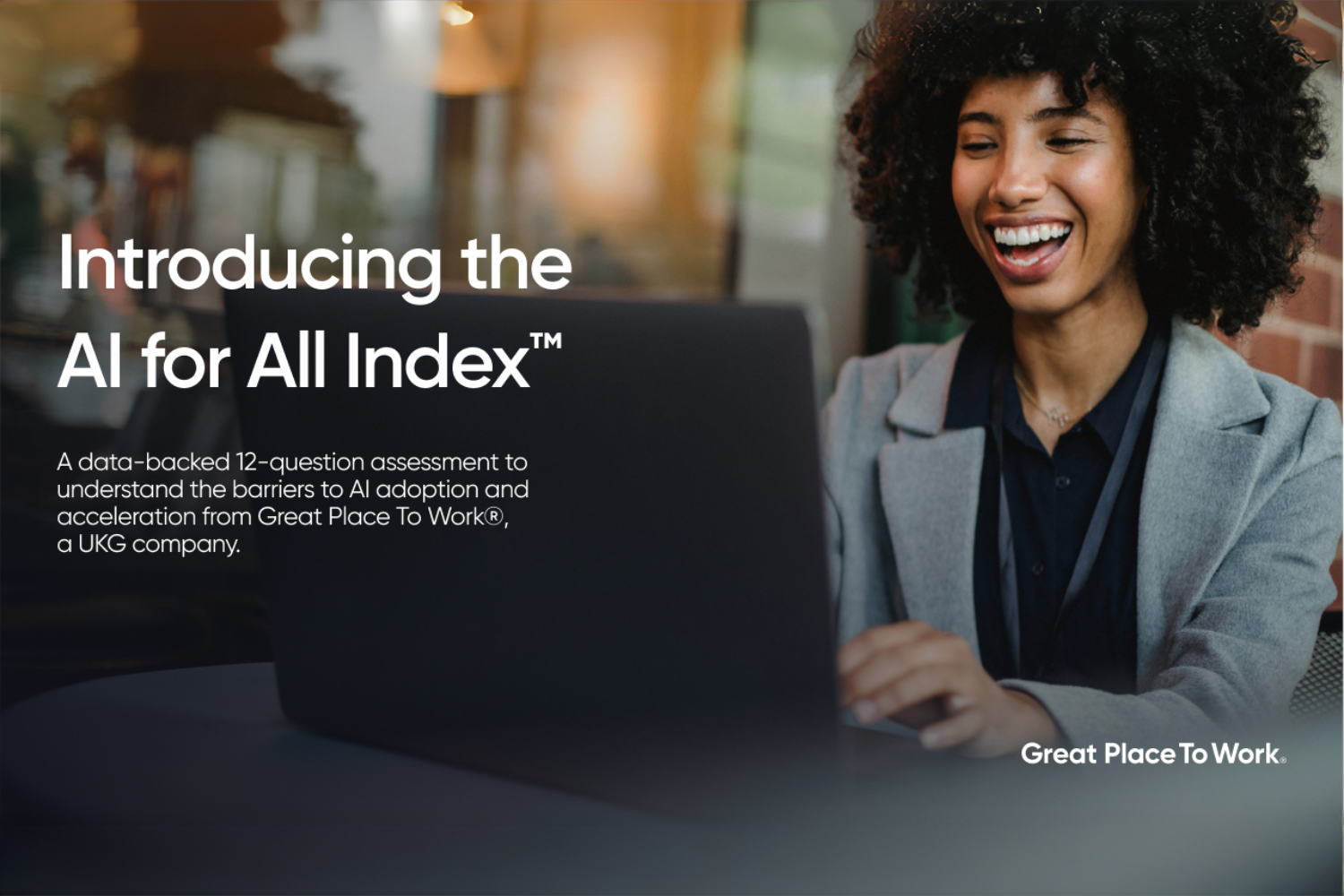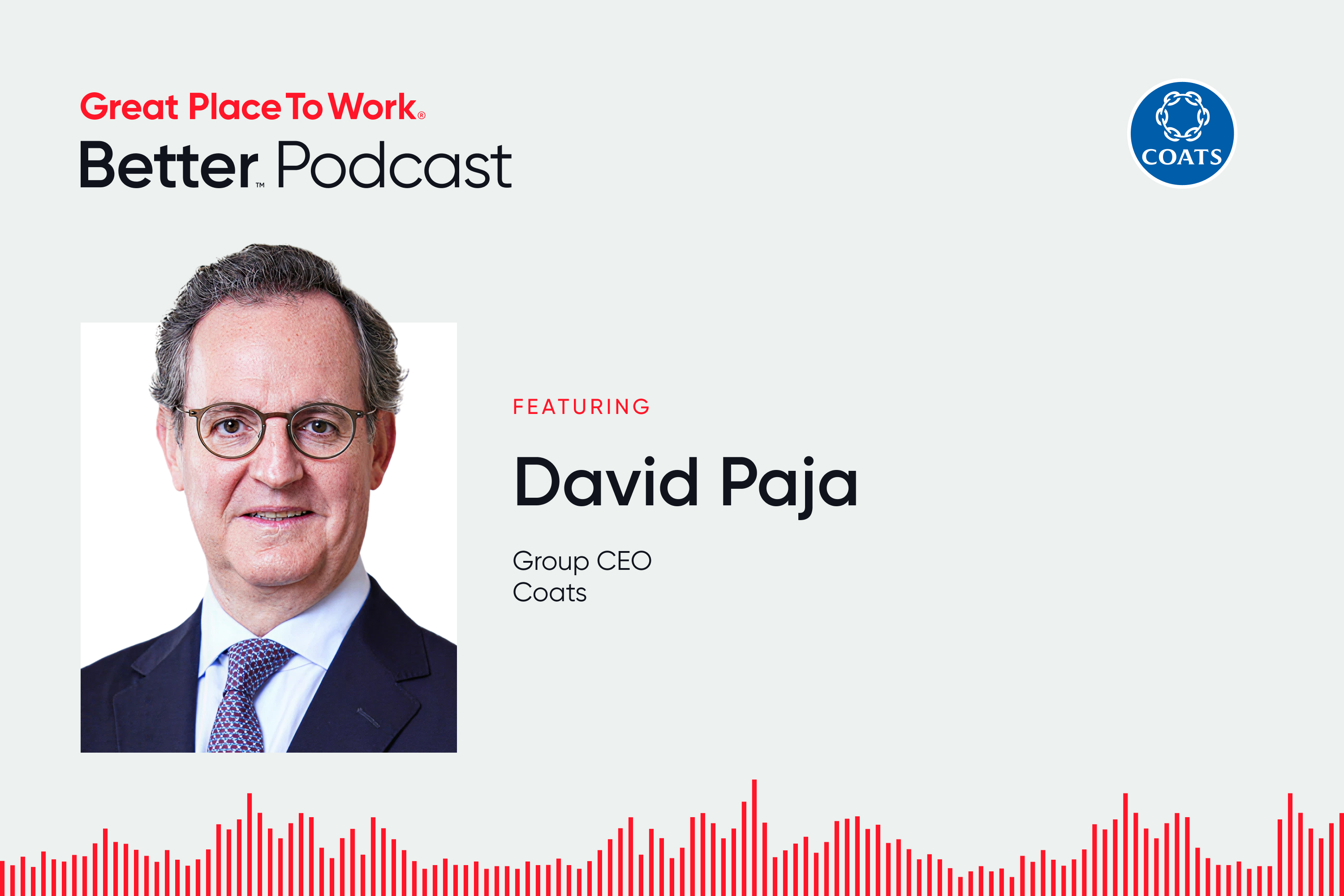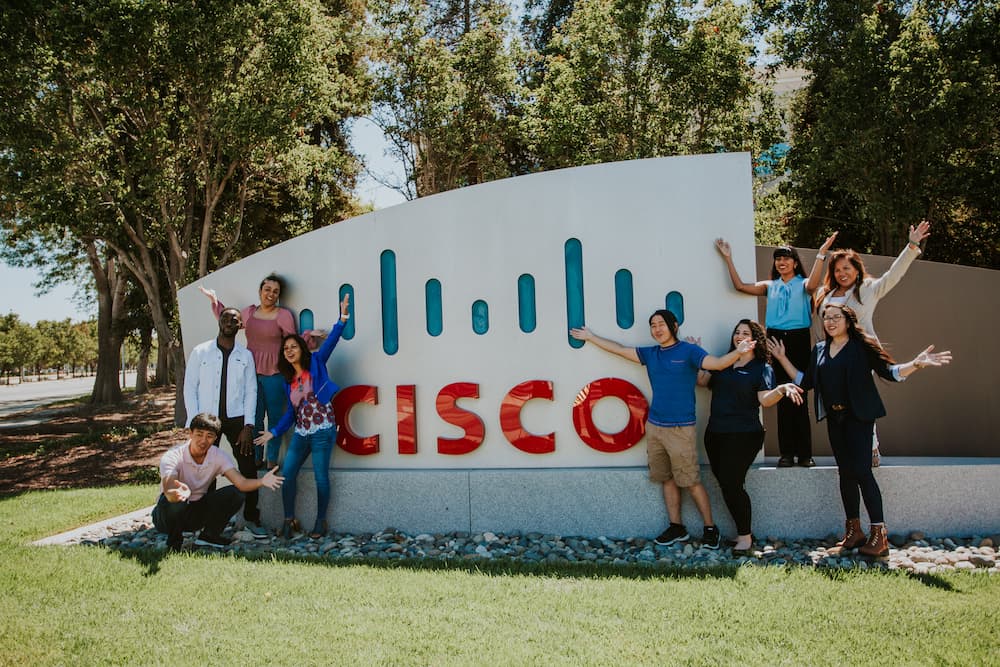Best Workplaces, Employee Experience, Employee Well-being
What the 100 Best Companies to Work For did to win the glowing endorsements of their employees.
The events of the past two years have prompted a massive reprioritization of American lives, fueling an epic labor shortage.
Workers have reevaluated their lives, and are quitting to find more rewarding jobs, take career sabbaticals, or start their own businesses. They’re no longer tolerating bad bosses, inequities, burnout, and lack of purpose and meaning at work.
They are demanding to be supported and seen—their full selves and their full lives—by their employer. They don’t need your job anymore. You need them to want to work for you.
Many organizations responded by offering high salaries, large sign-on bonuses and eye-catching benefits.
Others doubled down on what our decades of research tells us actually matters—trust, respect, purpose and community.
Those organizations have landed on this year’s 100 Best Companies to Work For®, where the employee experience is astoundingly as strong as it was pre-pandemic.
The Best went beyond perks to create aspirational workplaces. They fostered a culture of:
- Inclusion
- Purpose
- Genuine listening
- Caring and empathy.
Best companies worked hard to understand the current realities of their workforce, from marginalized, hourly workers to white-collar desk workers.
Home life spilled into work life in unprecedented ways. Parents became homeschool teachers overnight, many having to choose between their children and their jobs. Lockdowns led to an alarming spike in domestic violence. Burnout raged and mental health suffered.
The Best learned to pivot and adapt to the workforce challenges of today. They took a holistic view of workers to support their full lives, which includes their families, communities and personal lives outside of work.
Most importantly, they took action. They focused less on broad policies and more on what each person needed—in real, tangible ways. This transformed mental health assistance, elder care support, childcare and isolation support resources.
They took a holistic view of workers to support their full lives, which includes their families, communities, and personal lives outside of work.
From candid listening sessions to Employee Resource Groups, the Best showed up for their people and strived to ensure everyone felt included. They created a workplace For All™.
This doesn’t happen with lip service or shiny perks. Words without action weaken trust. Benefits without behavior fall short. As in life, we want to be seen, heard and know that we matter. Work is no different. Show them, don’t tell them.
What happens when employees are heard and cared for in ways that are meaningful to them? Best companies experience:
- Half the turnover of their peers
- Employees who are six times more likely to recommend their employer to others
- Eighty percent of their employees look forward to coming to work and feel psychologically and emotionally healthy.
- Ninety percent of employees say their company is a great place to work and feel cared for.
In contrast, at average workplaces, just 52% of employees feel management sincerely cares about them as a person, and only 57% say their workplace is great.
We often get asked: Tell us what to do to become a Best Workplace. How can we attract, retain and motivate employees?
Words without action weaken trust. Benefits without behavior fall short
Our answer: Your people will tell you. You must understand who your employees are and what they need. Ask them. And meet them there. That’s what separates the 100 Best from the rest.
There are no shortcuts, no one-size-fits-all checklist. Leaders dismissing the exodus as employees simply looking for higher salaries are dodging questions they should be asking:
Do employees trust us?
Have a sense of purpose?
Of belonging?
Not doing so will only breed more turnover once employees are on board, after the bells and whistles of perks quickly fade.
Best practices of the 100 Best
There’s a lot we can learn from this year’s Best. What they have in common sheds light on how to create workplaces that attract and enrich employees, not make them flee.
1. Foster inclusivity
At average workplaces, 25% of employees feel lonely and 30% don’t feel like they belong.
At Best Companies, 88% feel like they can be themselves. Why?
Employees at Best workplaces are encouraged to bring their authentic selves to work through Employee Resource Groups and Diversity, Equity, Inclusion and Belonging programs, for example. The Best are focused on ensuring every employee feels included.
2. Listen deeply
This isn’t accomplished by handing out an employee survey and responding by adding a perk or two. That’s good, but what’s great is listening to employees in a variety of ways.
Best companies support employees through various listening sessions to better understand them. They ask: What is your story? What is it like to be you? What more can we do?
That goes a long way. Companies with great listening programs hear from employees who are often marginalized. And companies that pay attention to marginalized workers historically thrive during financial crises. Our research shows their stock performance increased 14.4% across the Great Recession years, while the overall market dropped 35.5%.
3. Show genuine care and empathy
Best companies have an increased focus on workers’ whole well-being—their personal life, family life and life in their community—even after an employee leaves. Best workplaces extended health insurance, offered training and development, and provided food and COVID care for those laid off or furloughed.
Caring and understanding does not mean offering a meditation app or a one-size-fits-all policy like working from home. It might, in part, but it depends on your people.
Leaders dismissing the exodus as employees simply looking for higher salaries are dodging questions they should be asking: Do employees trust us? Have a sense of purpose? Of belonging?
Best Companies personalize the employee experience to create meaningful flexibility wherever their employees work—sitting or standing—and make that workspace equitable, safe and productive. Doing so contributes to employee satisfaction.
Only half of U.S. employees believe their employer encourages work-life balance compared with 86% at Best companies. Only 17% of U.S. employees are flourishing compared with 58% at the 100 Best.
Listening and empathy without action weakens trust. Don’t bother asking for feedback if you don’t plan to do anything with it. Follow-through is critical to establishing trust.
Do nothing after an employee survey or listening session, for instance, and don’t expect employees to believe you when you make other promises. Pay lip service to their needs without actionable support, and watch morale decline and trust erode.
4. Create a sense of purpose
Best companies purposefully connect their mission with employees’ jobs. Half of employees at average workplaces find meaning in their jobs as opposed to 90% at Best Workplaces. Our research shows that companies whose employees feel a sense of purpose at work and believe leaders set clear direction and expectations outperform the market by 6.9%.
They’re also proud of their company’s reputation, values and stand in the community.
History tells us that the companies that will be the financial leaders and employers of choice tomorrow are taking care of all their people today. Let their example guide you on your path to creating a great workplace For All.
Great starts here
To find out how your company can become Great Place To Work-Certified and apply to this or other Best Workplaces lists, contact us.
How we determine the 100 Best
Great Place To Work determines the list using its proprietary For All methodology to evaluate and certify thousands of organizations in America’s largest ongoing annual workforce study, based on over 870,000 employee survey responses and data from companies representing more than 6.1 million employees, this year alone.
The survey enables employees to share confidential quantitative and qualitative feedback about their organization’s culture by responding to 60 statements on a five-point scale and answering two open-ended questions. Collectively, these statements describe a great employee experience, defined by high levels of trust, respect, credibility, fairness, pride, and camaraderie. In addition, companies provide organizational data like size, location, industry, demographics, roles, and levels.
Great Place To Work measures the differences in survey responses across demographic groups and roles within each organization to assess both the quality and consistency of the employee experience. Statements are weighted according to their relevance in describing the most important aspects of an equitable workplace.
Each company also answers six essay questions that provide greater insight into how and why the organization is great for all people. Responses are rigorously evaluated and cross-reviewed according to Great Place To Work’s research-driven criteria. Survey data analysis and essay evaluation results are then factored into a combined score to compare and rank the companies that create the most consistently positive experience for all employees.
Many companies survey every employee, even though workplaces with more than 5,000 employees can survey a random sample with a minimum of 5,000 invited. While essay responses provide important context for rankings, only survey data can garner a list placement.
To be considered for the list, companies must be Great Place To Work-Certified™, have at least 1,000 U.S. employees, and cannot be a government agency. Great Place To Work requires statistically significant survey results, reviews anomalies in responses, news, and financial performance, and investigates any employee reports of company non-compliance with strict surveying rules to validate the integrity of the results and findings. Data is also normalized to compare companies fairly across sizes and industries.
Get recognized for your culture
Gain accolades for your workplace environment and attract top talent who share your values.


